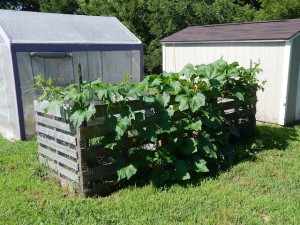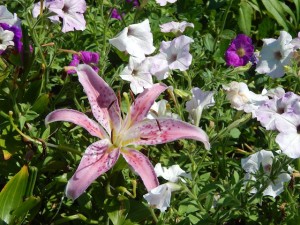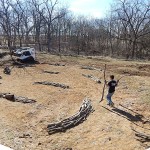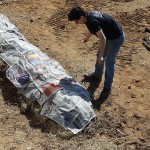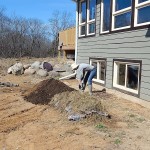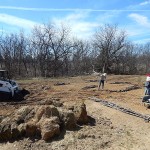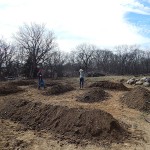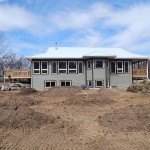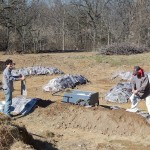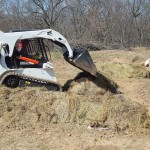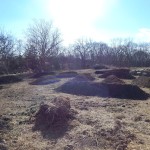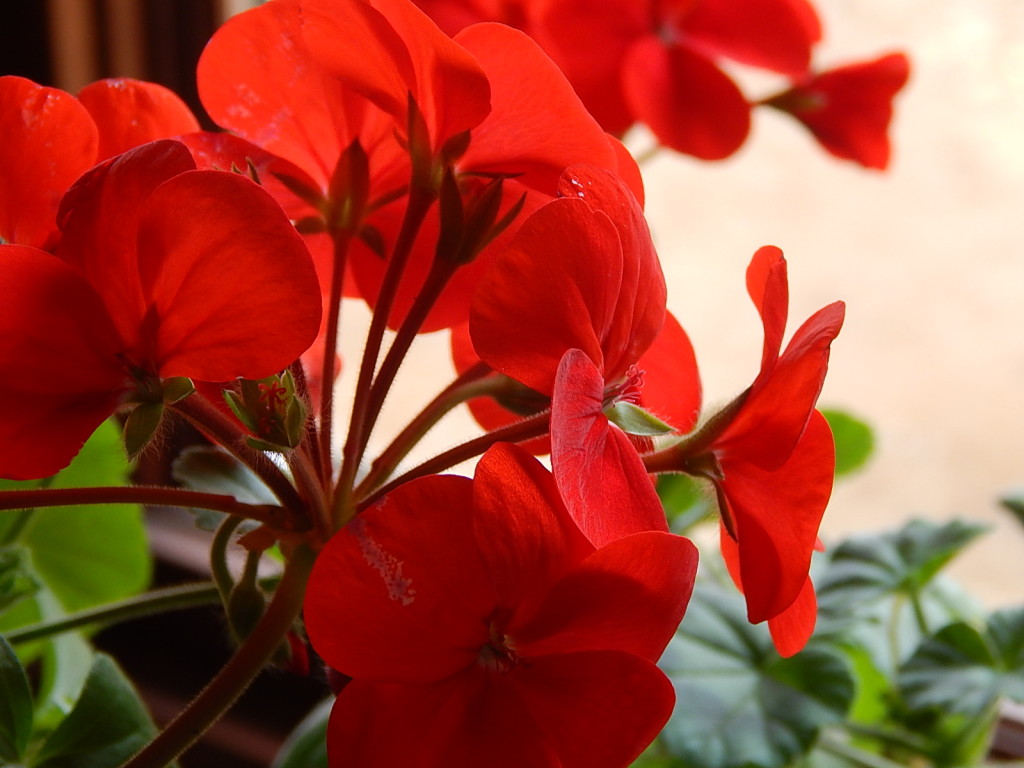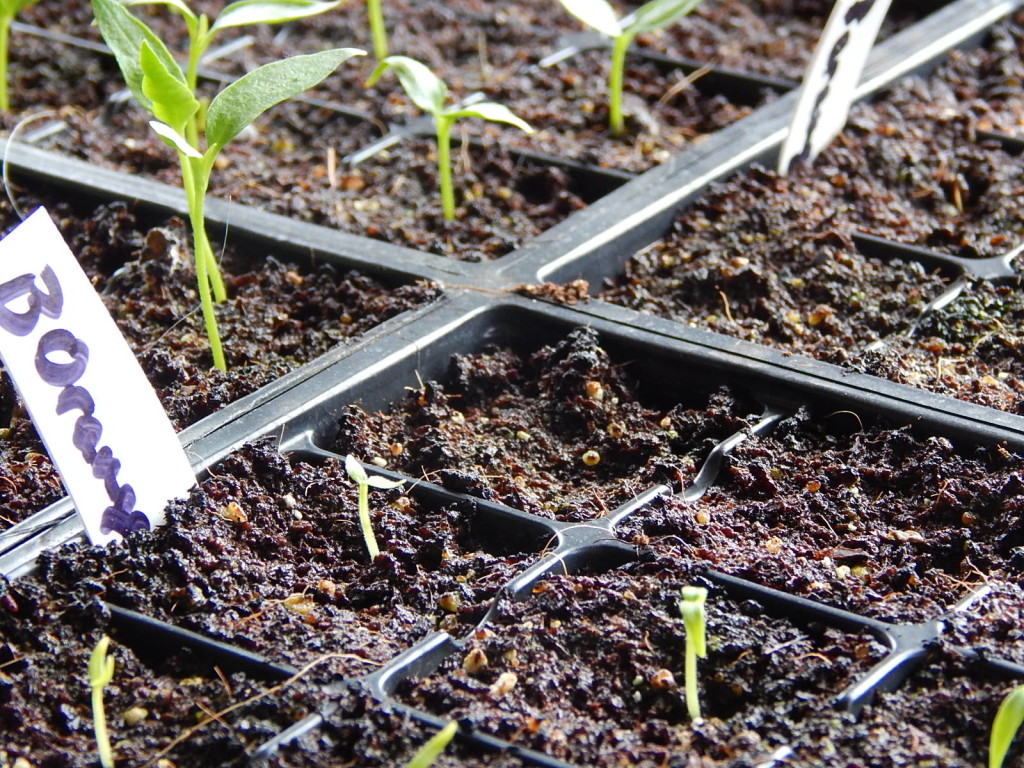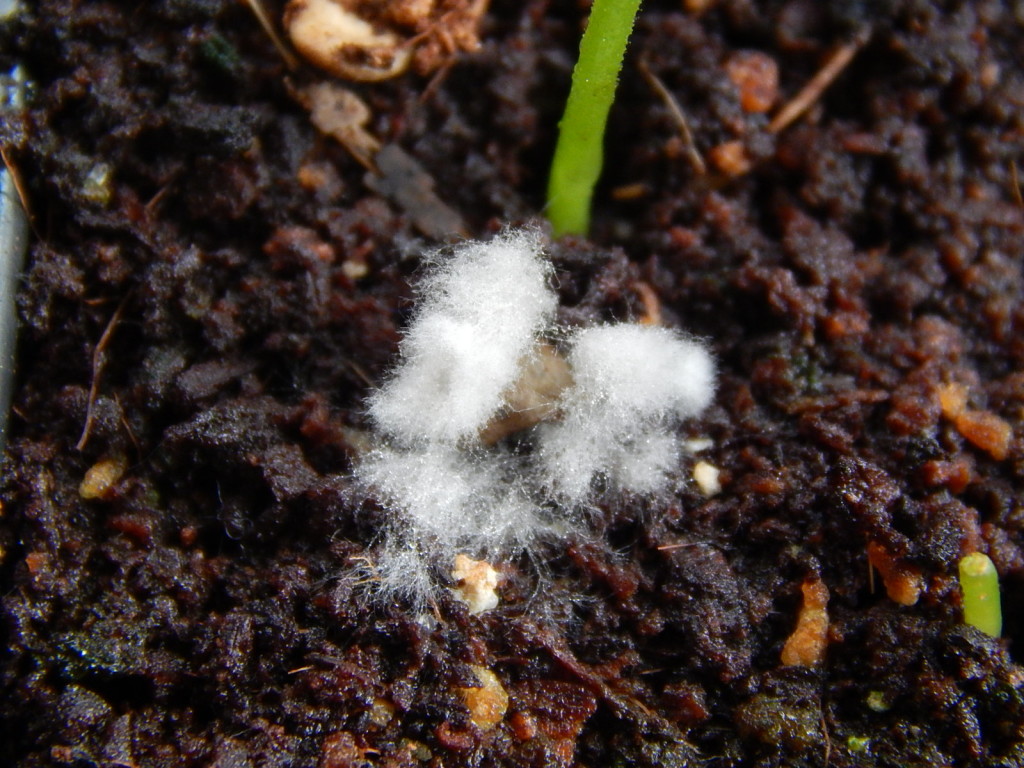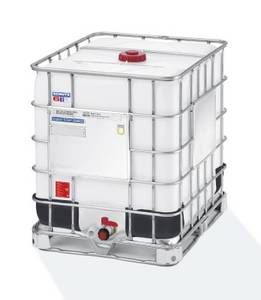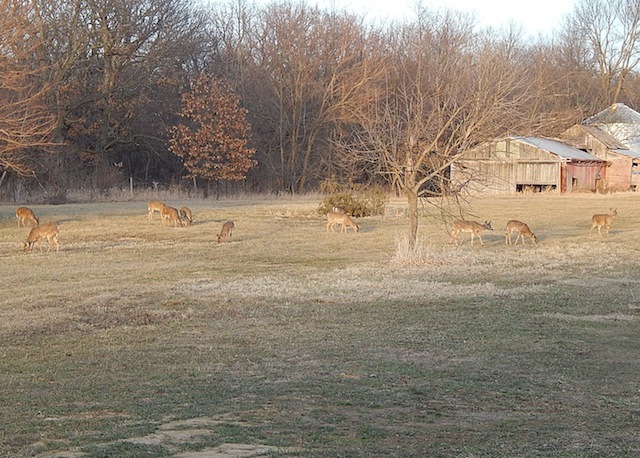Author Archives: Ruby Bee
Lilies!
Earthy Bees!
Earthy Bees — earthybees.com — is now live! Click to learn more.
Bee Diagnostics
Our bees are challenging us to learn about queen rearing. After a long period of rain, I checked the bees mid-June and found North Hive had created a new hive under the screened bottom board. S came 6/21 to inspect and help right the situation.
The bees had made ten panels of comb under the hive, several containing eggs and brood. S pushed the foundation out of several empty frames, then cut the comb off the bottom board, one panel at a time. She placed the comb in the empty frames and secured the panels with rubber bands.
Removing the bees from the bottom board was difficult because of all the nooks and crannies. Bees were flying everywhere, and we never saw the queen who had been laying eggs. S hoped we had gotten the queen back in the hive, but we couldn’t be sure.
We made a split, which we subsequently took to her place about 15 miles away. This hive E and I brought back on the 26th and installed in our new bee yard on the west.
I checked North Hive a week later on the 28th and found no new eggs, unsealed queen cups on the comb S had moved, and one hinged queen cell. It looks like we lost the original queen from the underneath colony because the bees made emergency queen cells out of the comb S moved. The hinged queen cell suggests that one of the old cells from inside the upper hive hatched. While she was pupating, the bees made new emergency queen cells.
With no babies to care for, the bees are making honey and filling up the brood cells. I think I need to move things around to provide room for the new queen to lay eggs. I’ll ask S what she thinks.
Based on bee development, I should see mating flights from both the North Hive and new West Hive on about July 1. I should see new eggs about a week later on the 8th. I surely hope all will be well.
Queen Diagnostics: A useful document with numerous scenarios and decision trees for remediation.
Cookeville Beekeepers recommends donating a frame of brood to the queenless hive in order to determine if a queen is present. If not, the workers will create queen cells out of the brood.
Thank you, Linda’s Bees, for the link to Beemaster Forum! Finally, I’ve found the fount of wisdom I need to pull off the extraordinarily interesting and challenging work of beekeeping. Linda also suggests a new frame of brood every week for a queenless hive.
Spring Work Week, Day One: Raised Beds
We started our work week in the south garden area. The temperatures were in the forties, but in the protected sunshine of the south, we warmed up quickly. We tried to follow Sepp Holzer’s method of creating raised beds, using principles of permaculture.
- Hugel Foundation
- Newspaper Layer
- Dirt + Compost
- More Beds
- First Layer of Dirt
- View from the South
- Newspaper Layer
- Final Dirt + Compost Layer
- All Finished
Growing Update
Yesterday, I started a flat of broccoli. On Sunday after everyone left for Chicago, I spent the day planting seeds and transplanting seedlings. Now we have tomatillos, cherry tomatoes, lots of other tomatoes, lots of peppers (hot and sweet), sage, lemon balm, cilantro, basil, pumpkins, purple coneflower, black-eyed Susan, and parsley going.
The cactus bloomed just in time for B & E’s arrival. We spent the weekend circling around the flower, enjoying its opening and closing at dawn and dusk. The geranium is in full flower.
Thinning seedlings is very difficult for me because I feel like I’m snuffing tiny babies. Nonetheless, one has to do it. With herbs, it’s a little easier because I can toss the seedlings in a salad and feel like it was meant to be. This is the first real leaf on the cilantro; note the difference from the proto-leaves.
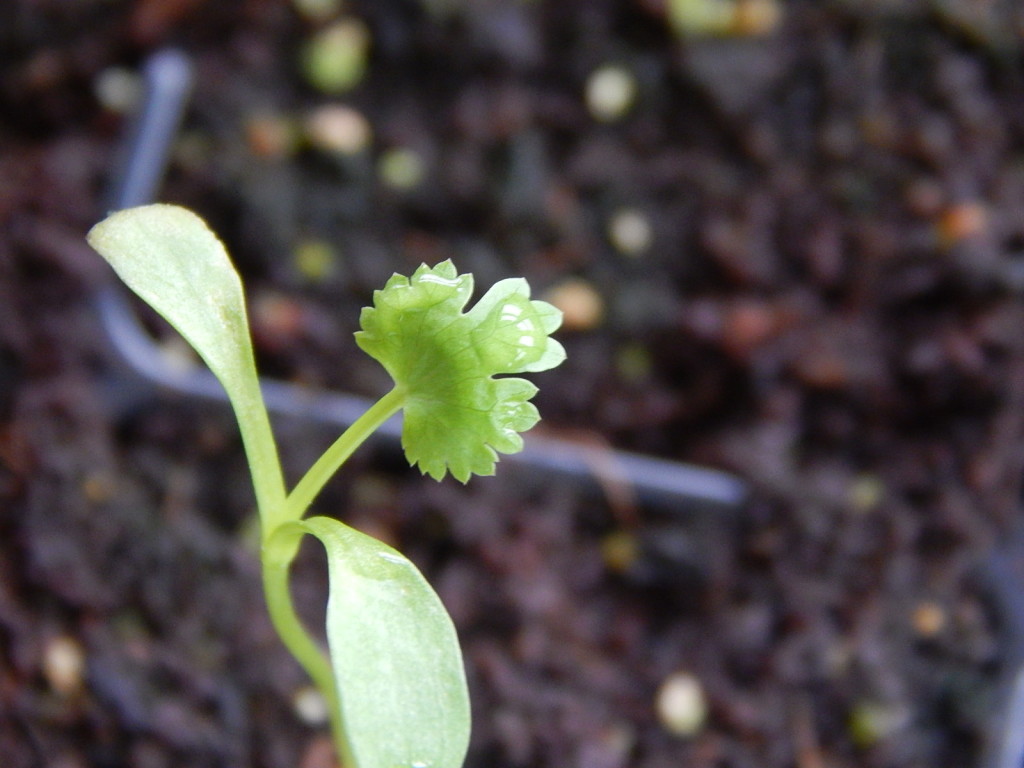 I had completely given up on the hot orange peppers I got from the Breslins. Three weeks after the yellow ones sprouted, they finally popped up! I was on the verge of planting something else in the cells. Only eight out of eighteen have come up.
I had completely given up on the hot orange peppers I got from the Breslins. Three weeks after the yellow ones sprouted, they finally popped up! I was on the verge of planting something else in the cells. Only eight out of eighteen have come up.
We’ve been having snow, rain, and generally cold, overcast days and my seedlings are suffering. Today I found mold! I’m going to start a fire to try to dry out and warm up the air.
Rain Collection
Spring rain will be coming soon, and we need to collect water or else deal with erosion. Holly Young told me about IBCs (intermediate bulk containers), which she uses on her homestead for collecting water. They’re available through Craigslist for about $75, and they hold five times the water of a 55-gallon drum. Ugly, no doubt, but with enough flowers and tall grasses planted around them, they wouldn’t be so bad. Here’s a plan for putting it all together.
If the committee nixes the IBC, there are other options. Wikihow offers a clear plan which uses 55-gal drums, available in plastic or metal at Rural King for under $20.
Why Our Fruit Trees Need Protection
Setting Up the Bee Yard
I’ve sited the bee yard, now that we have laid out the orchard. The next step is building a hive stand for the two hives.
This plan for two Langstroth hives looks simple and effective.
We are planning to plant a lime tree, but we need to be careful which one we choose because they can be toxic to bees, and they are susceptible to Japanese beetles, which we have in abundance. Tilia cordata and platyphyllos are both fine for bees. One study finds that June Bride is a good cultivar of tilia cordata. This study suggests tilia platyphyllos ‘Parade’ is a good choice. Sterling and Legend look fine, as well. Where to buy such trees remains a mystery.
Flowers
We ordered wildflower mixes from Peaceful Valley, and now we’re thinking about how to plant them. They’ll be in beds near the bees. I want to entice them to stay home by giving them lots of pollen close to their hives.
Vesey’s offers information on planting a wildflower meadow, which is what we’ll be doing on a small scale.

